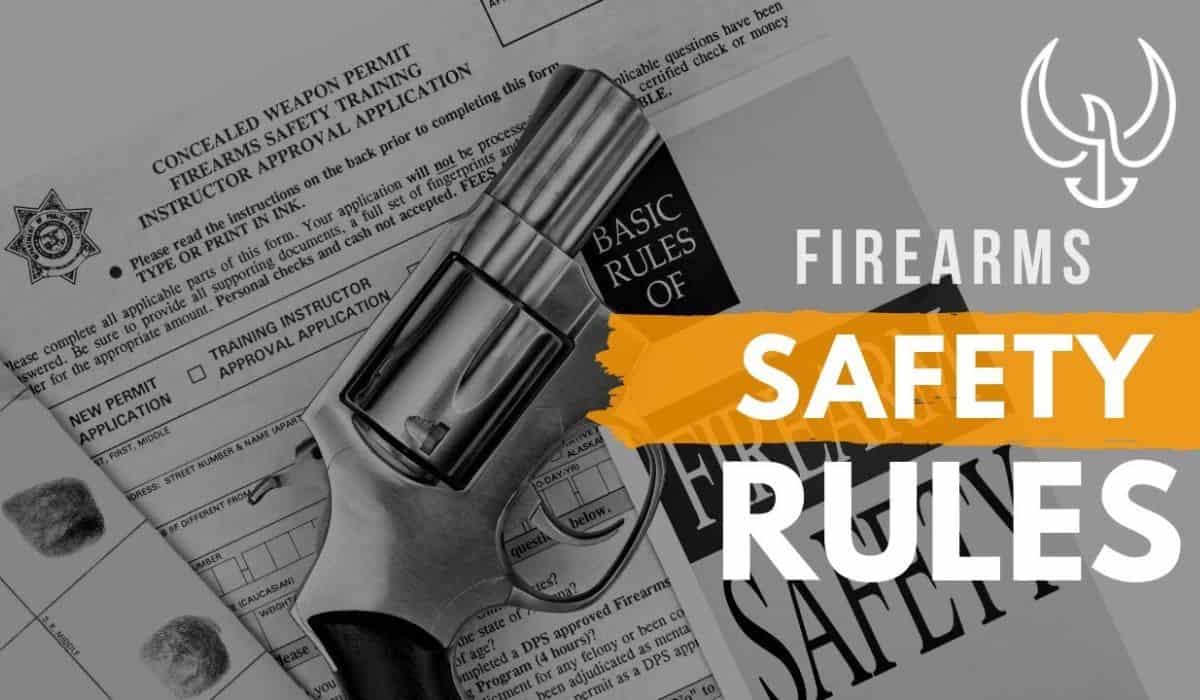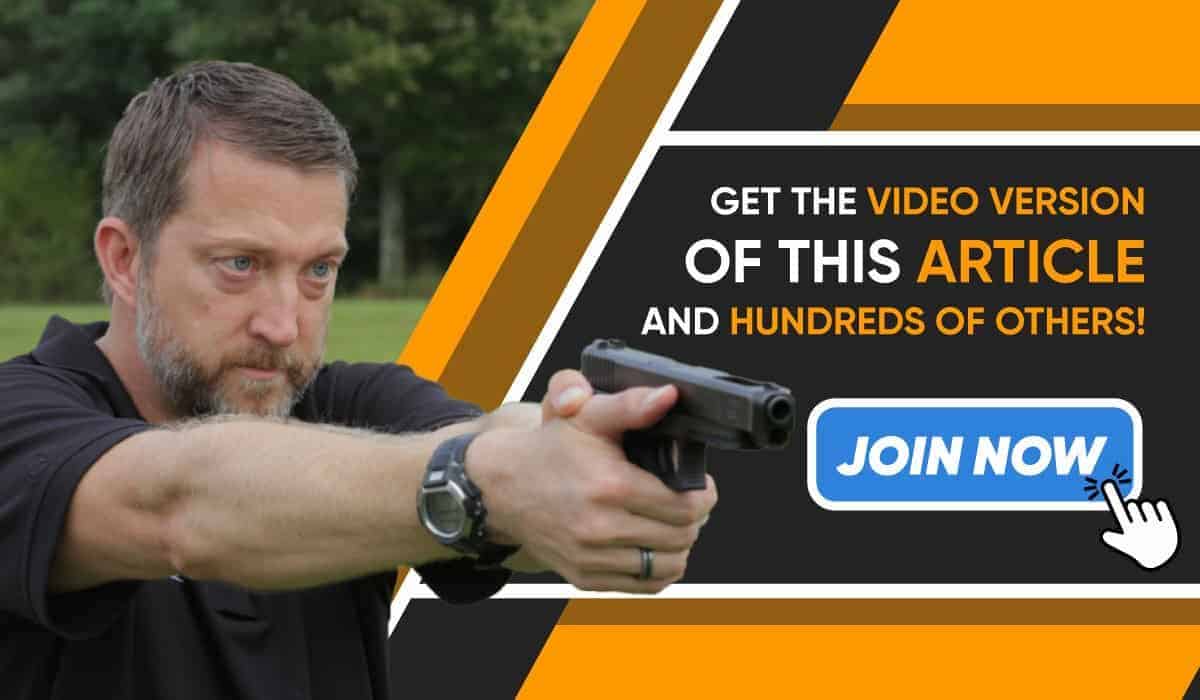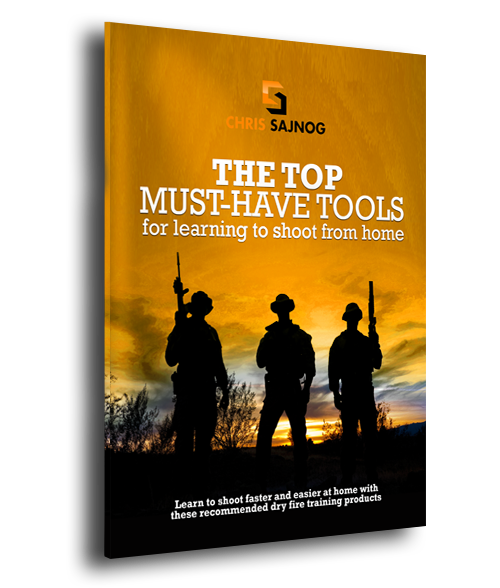Four Firearms Safety Rules from a Retired Navy S.E.A.L.
Hey guys, I’m retired Navy SEAL sniper instructor, Chris Sajnog and the founder of The New Rules of Marksmanship training system. In this post, I will be teaching you the four firearms safety rules. Now let’s go ahead and get started.
When it comes to training with any firearm with any weapon system, it’s critical that you understand the firearm safety rules. Because if people are getting hurt, or you’re shooting even the ceiling, that is not a good thing. You want your rounds to go where you want them to go.

Four Firearms Safety Rules
By following these four firearms safety rules, it is going to be impossible for you to shoot something that you don’t want to shoot.
#1 Treat All Firearms As If They Were Loaded
The first firearm safety rule is you need to treat all firearms as if they’re loaded, despite what you may think of that firearm. If you think that a gun is not loaded, I want you to treat that gun like it’s still loaded.
If you have a gun in your holster, and you go to pull that gun out and you think that it is unloaded, I want you to treat it like it’s loaded and make sure that it is unloaded. That is critical, always treat it like it’s loaded.
#2 Keep Your Finger Off The Trigger
So number two is you’re going to keep your finger off of the trigger until it is pointed in a safe direction. This is important because if you have your finger on the trigger and get startled, you can have a startle response.
This can clench your hand down, and if your fingers are on that trigger a round can go off. So finger off the trigger until you’re ready to shoot.
#3 Point Your Gun In A Safe Direction
So next up is you’re always going to point your gun in a safe direction and never point it at anything that you are not willing to shoot. If you never point your gun at somebody you don’t want to shoot or something you don’t want to shoot, you’re not going to hurt anybody or anything that you really care about.
Of course, you may be a little embarrassed or whatnot, but as long as you do that, nothing really bad is going to happen.
#4 Know Your Target
So the last one that you need to know and understand is knowing your target. You need to know what’s in front of it, and what’s behind it. This can become critical in a home defense-type situation, but right behind that person is maybe your kid’s bedroom or something like that.
You also have to know what could move to any of those places in a dynamic shooting situation. Dynamic means that everything’s moving: you’re moving, the targets moving and things around the target are moving. So you really need to practice awareness no matter what situation you’re in.
Dry Fire Training
I recommend training at home, and I recommend using dry fire training. The reason I bring that up is that by definition if you are dry firing, there is no ammunition in your gun, and it is physically impossible to have an accidental or negligent discharge.
It’s impossible because you:
- Cleared out your gun
- Cleared out your magazines
- Took your ammunition and put it in another room
- Locked it up
- You closed yourself in a room
- You checked your gun in your magazines three times
- You told yourself your dry firing.
If you have an accidental discharge or negligent discharge with a firearm, you were not dry fire training. So just keep that in mind. Training at home is very safe, you just need to follow these four firearms safety rules. So that’s all I have for you today. Until next time, keep paving your path safely to perfection.



